Leica X Vario: Close-Up Lens Experiments - Part 1
Introduction | Test Photos Close-Up Lens Set | Test Photos B+W Close-up Lens (and Combinations) | Sample Photos
Archive
This page presents the results of a quick-and-dirty investigation into close-up lenses on the Leica X Vario. Please note that this is just an informal test, which does not care for image quality. I was only interested in a rough estimate of the achievable magnification. I may repeat the investigation with better photos and more care in the future. I also include some sample photos and comparison photos taken with the Ricoh GXR 12-50 macro lens (1:2).
Notes: Page Close-up Lens Experiments - Summary offers a summary of my close-up experiments with the Leica X Vario. Close-up tests without close-up lenses are presented on page Leica X Vario: Close-Up Experiments - No Lens. Close-up tests with the Marumi +5 achromat and comparisons with close-up lenses are presented on page Leica X Vario: Close-Up Lens Experiments - Part 2. Close-up tests with a +10 achromat, which is part of a Dörr slide duplicator, are presented on page Leica X Vario: Close-Up Lens Experiments - Part 3.
Introduction
Initially, I bought a cheap set of close-up lenses having +1, +2, and +4 diopters and soon after a B+W close-up lens having +5 diopters. The test photos on this page were taken with these lenses, which all have a filter thread of 43 mm - so no adapters are required.
I add some "real life" close-up photos taken with the Leica X Vario with the B+W lens and all lenses and also a few shots taken with a "real" macro lens (1:2), the Ricoh GXR A12-50 at maximum magnification. The latter seems to roughly correspond to a close-up lens of about 10 diopters (see below).
Stacking Lenses
The set lenses can be combined to achieve diopter values between +1 and +7 (+7 uses all three lenses). I found, however, recommendations that not more than two close-up lenses should be combined for quality reasons. The set can also be combined with the B+W lens up to a total of +12 diopters when all 4 lenses are used together - this is probably nothing that I should recommend. For achromats, which offer higher quality, this restriction may not be valid. In the L-Camera-Forum, dkpeterborough reported to have used up to 3 Leitz Elpro VIb achromats (and he reports that up to 4 can be used).
Magnification
From dkpeterborough (L-Camera-Forum) I adopt the way magnification is calculated: Sensor width / object width = 23.6 [mm] / object width [mm]
Leica X Vario Examples:
- No lens: 23.6 / 120 = 0.2
- +5 diopters lens: 23.6 / 59.2 = 0.4
- +9 diopters: 23.6 / 44.3 = 0.53
- +10 diopters: 23.6 / 40 = 0.6
- +12 diopters: 23.6 / 36.0 = 0.65
- +15 diopters: 23.6 / 31.0 = 0.75
In practice, however, the Ricoh GXR A12-50 with a magnification of 1:2 = 0.5 corresponds more closely to +10 diopters.
Relationship between Diopters and Magnification
The following table and diagram show my empirical results regarding the relationship between diopters and the resulting magnification for the Leica X Vario (collected from various pages in this site):
Diopters |
0 |
1 |
2 |
3 |
4 |
5 |
6 |
7 |
9 |
10 |
12 |
15 |
20 |
Magnification |
0.2 |
0.24 |
0.286 |
0.325 |
0.366 |
0.4 |
0.445 |
0.48 |
0.53 |
0.6 |
0.65 |
0.75 |
0.9 |
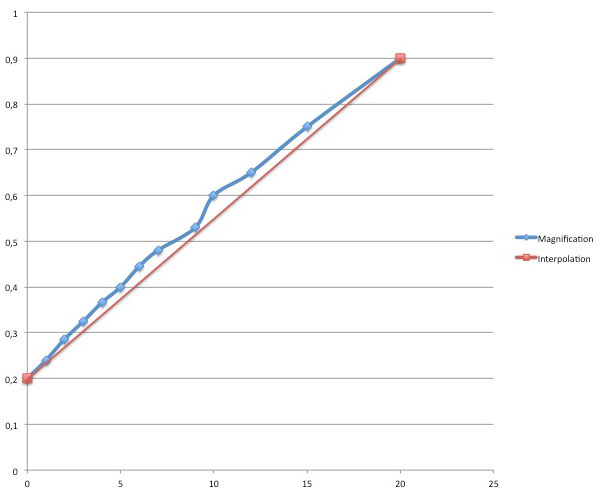
As you can see, some of the empirical results may be a little off-track...
Quick Summary
Reasoning: With close-up lenses, the close-up capabilities of the Leica X Vario can be extended without much effort (and cost - depending on the quality of the close-up lenses).
Quick Results:
- Without a close-up lens, you get a maximum object area of about 12 cm x 8 cm (magnification = 0.2)
- With a +5 diopters lens, for example, from B+W, which has a higher quality than the lenses from the set that I also own, you get about a quarter maximum object area and about half the maximum object length (height, width) compared with not using a close-up lens (magnification = 0.4).
- Stacking two +5 diopters lenses provides you with a magnification of about 1:2 - which is what some macro lenses provide (others provide even 1:1)
- At +12 diopters (only achievable through stacking lenses) , the
maximum object area is about the size of a slide, but I don not
think that such a strong magnification can be recommended (why buy Leica
glass and then degrade it with cheap close-up lenses?).
But note that 3 to 4 expensive achromats can be stacked...
Test Photos Close-Up Lens Set
In these hand-held tests, the lens was set to a focal length of 70 mm and to the closest distance of 30 cm. Focusing was thus manual and achieved through moving the camera to and fro until the viewfinder image appeared sharp.
The stamps have a size of about 3.9 x 2.2 cm. This data allows a rough estimation of the maximum object field. Note that the estimations are only very rough because the picture plane was not even in these hand-held tests.
No Close-up Lens
See also my tests without close-up lens above.
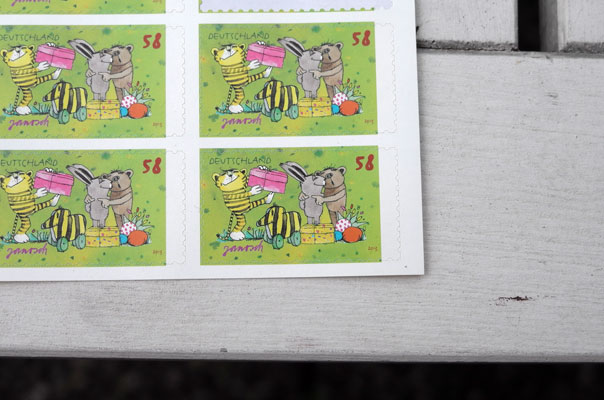
The maximum object width is about 604/196*3.9 = 12 cm (maximum object height is about 8 cm) - magnification: 0.2
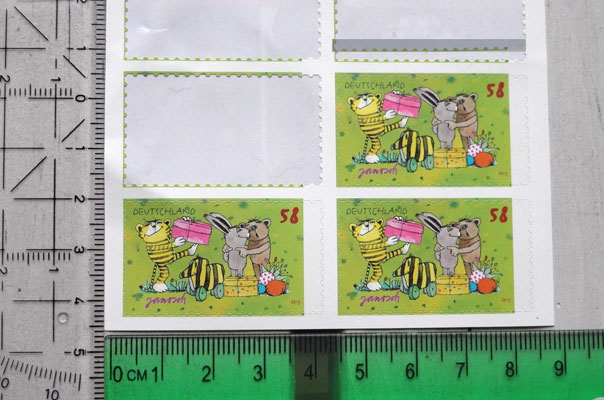
Without close-up lens the maximum object field is about 12 x 8 cm (a similar value is found in the X Vario's technical data)
Close-up Lens +1
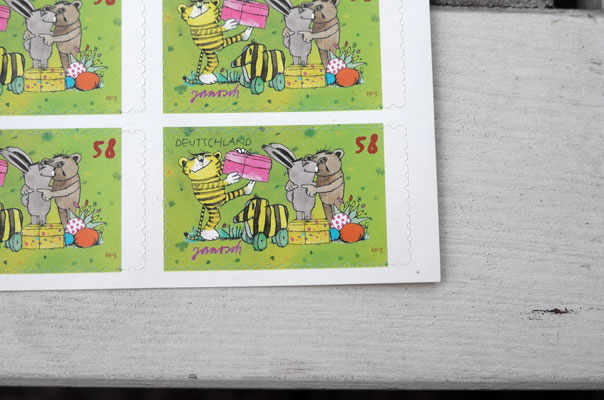
The maximum object width is about 604/244*3.9 = 9.65 cm (maximum object height is about 6.4 cm) - magnification: 0.24
Close-up Lens +2
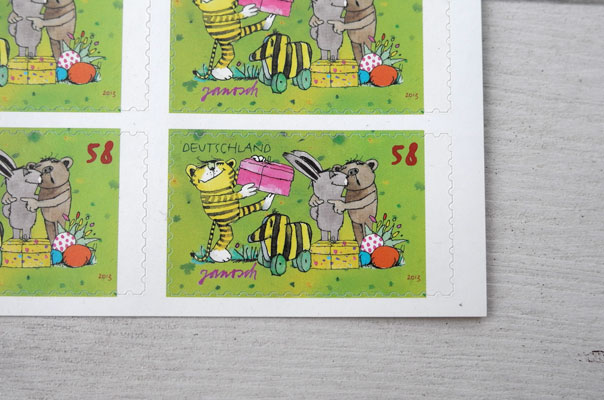
The maximum object field is about 604/285*3.9 = 8.25 cm (maximum object height is about 5.5 cm) - magnification: 0.286 (ca. 0.29 or 0.3)
Close-up Lens +3 (+1 and +2 Combined)
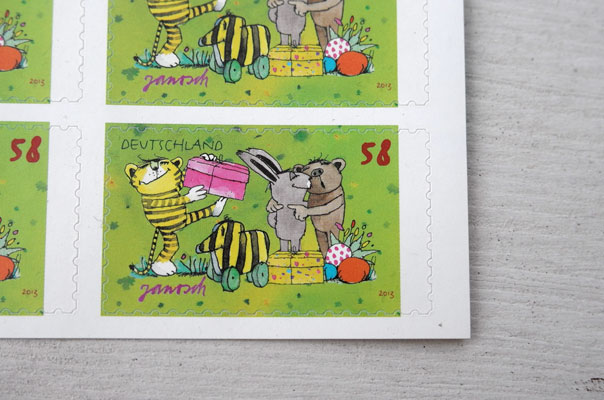
The maximum object width is about 604/325*3.9 = 7.25 cm (maximum object height is about 4.8 cm) - magnification: 0.325 (ca. 0.33)
Close-up Lens +4

The maximum object field is about 604/365*3.9 = 6.45 cm (maximum object height is about 4.3 cm) - magnification: 0.366 (ca. 0.37)
Close-up Lens +5 (+1 and +4 Combined)

The maximum object field is about 604/408*3.9 = 5.77 cm (maximum object height is about 3.85 cm) - magnification: 0.409 (ca. 0.4)
Close-up Lens +6 (+2 and +4 Combined)

The maximum object field is about 604/444*3.9 = 5.3 cm (maximum object height is about 3.5 cm) - magnification: 0.445 (ca. 0.45)
Close-up Lens +7 (+1, +2, and +4 Combined)

The maximum object field is about 604/484*3.9 = 4.9 cm (maximum object height is about 3.25 cm) - magnification: 0.48 (ca. 0.5)
No Close-up Lens Again for Easier Comparison

The maximum object width is about 604/196*3.9 = 12 cm (maximum object height is about 8 cm) - magnification: 0.2
Test Photos B+W Close-up Lens (and Combinations)
For the following test photos, the same applied as for the previous test set.
B+W Close-up Lens +5
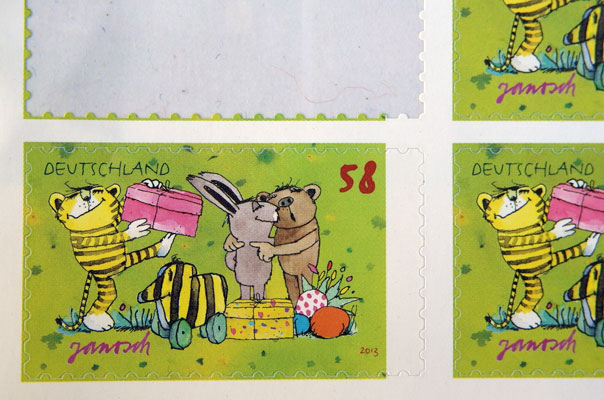
The maximum object field is about 604/398*3.9 = 5.92 cm (maximum object height is about 3.95 cm) - magnification: 0.4
Close-up Lens +5 (+1 and +4 Combined)

The maximum object field is about 604/385*3.9 = 6.12 cm (maximum object height is about 4.08 cm) - see the variation in magnification (photo below) because the shots are hand-held - magnification: 0.385

The maximum object field is about 604/408*3.9 = 5.77 cm (maximum object height is about 3.85 cm) - magnification: 0.4
B+W Close-up Lens +5 and Close-up Lens +4 = +9

The maximum object field is about 604/532*3.9 = 4.43 cm (maximum object height is about 2.95 cm) - magnification: 0.53 (ca. 0.5)
B+W Close-up Lens +5 and all Close-up Lenses (+1, +2, +4 = +7) = +12

The maximum object field is about 3.6 cm (maximum object height is about 2.4 cm), that is, we reach the size of a slide or a full-format sensor at +12 diopters - magnification: 0.655 (ca. 0.65)
With four lenses the quality does not look too bad (where the image is sharp...), but this attempt should not be taken too seriously... Nevertheless, I present some "real world" photos taken with this combination below.
Sample Photos
The following examples were taken with various close-up lenses and combinations thereof. In addition, there are comparison photos taken with the Ricoh GXR A12-50 macro lens (1:2).
B+W Close-up Lens +5
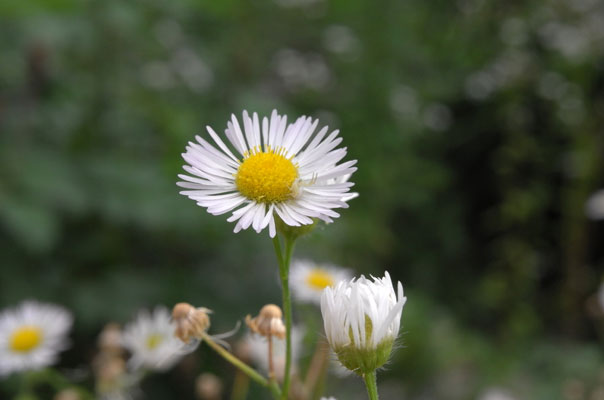



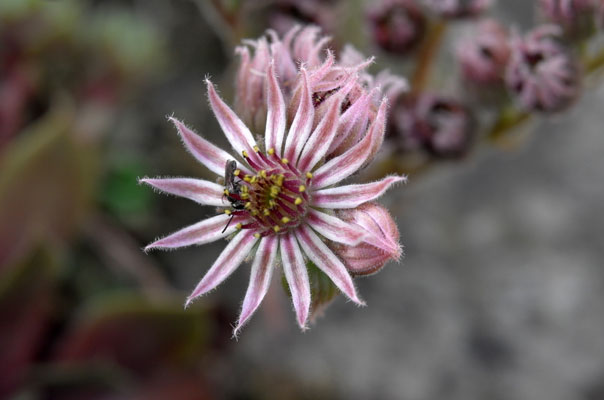
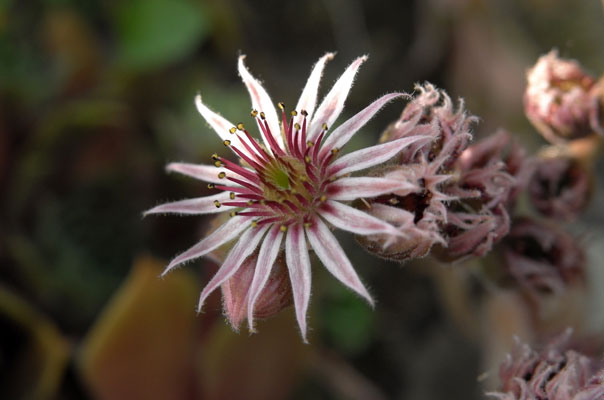
All Close-up Lenses Combined (+12)
Below are some quick-and-dirty shots with all four close-up lenses combined (+12 diopters):
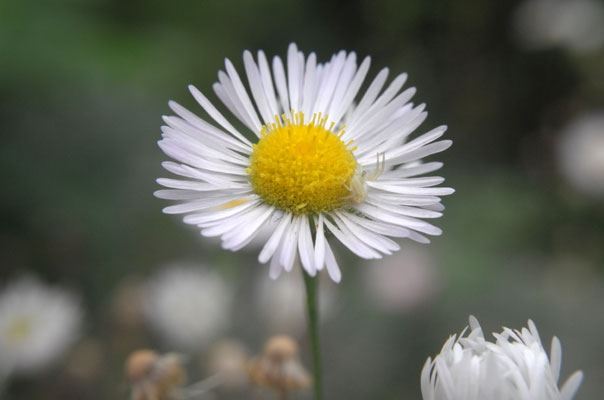


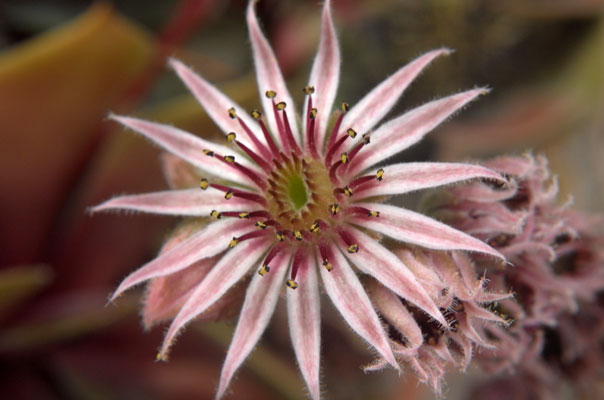
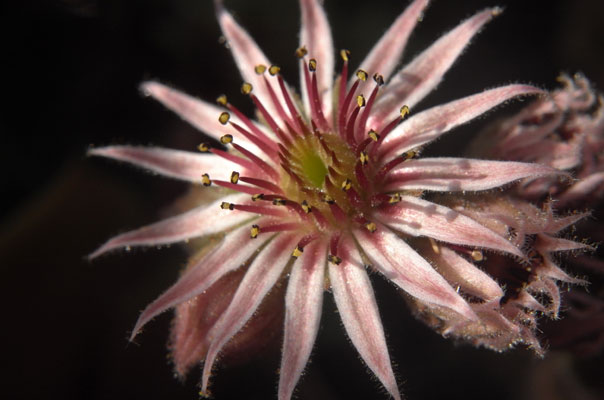
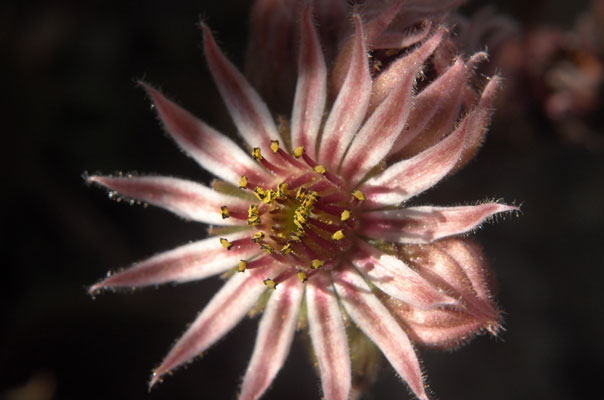
For Comparison: Ricoh GXR A12-50 in Macro Mode
The following photos demonstrate the achievable magnification of a real macro lens (1:2 at maximum), the Ricoh GXR A12-50. It was set to manual focusing and at a distance of 7 cm, thus at maximum magnification. Aperture was mostly set to f/8, ISO was set to 800 or 1600.
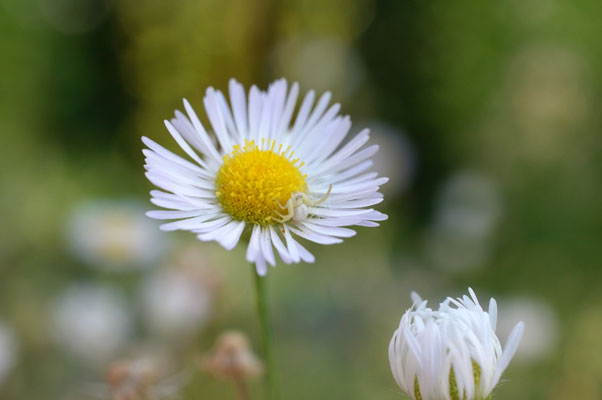



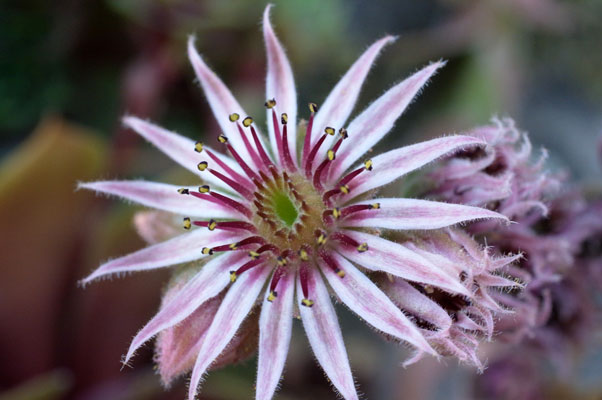
Comparison of 1:1 Crops
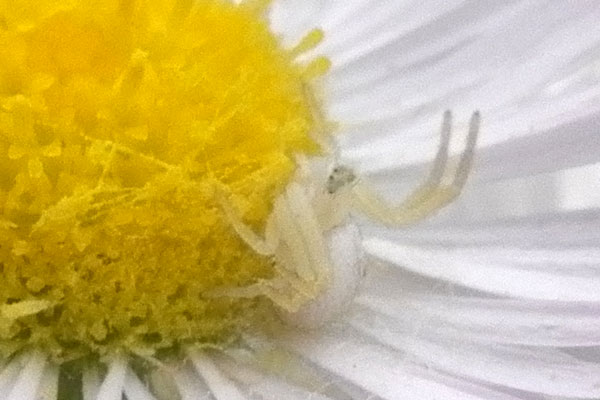
1:1 Crop of photo taken with the B+W +5 close-up lens
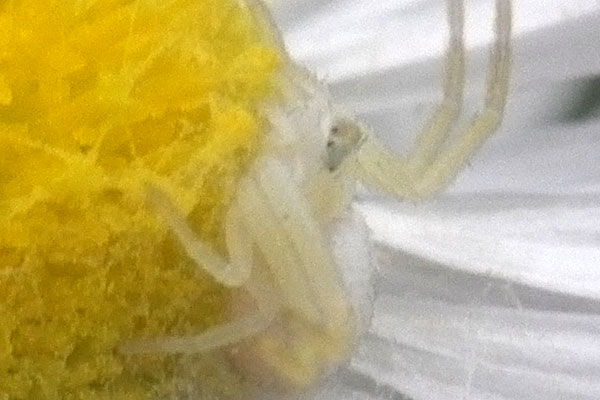
1:1 crop of photo taken with all four close-up lenses (+12); therefore the spider is larger but details are rather mushy...
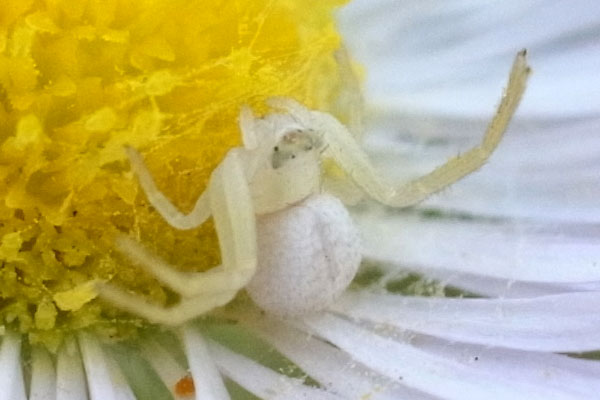
1:1 crop of photo taken with the Ricoh GXR A12-50 macro lens (12 Megapixels only); 1:1 size is similar to the +5 close-up lens, but details are much better...
Comparison of Magnification (+9-+12 versus Ricoh GXR A12-50)
The following photos demonstrate the achievable magnification with two (+5 and +4 = +9), three (+5, +4, and +1 = +10), and four (+1, +2, +4, and +5 = +12) close-up lenses compared with the magnification that the Ricoh A12-50 macro lens (1:2) achieves:
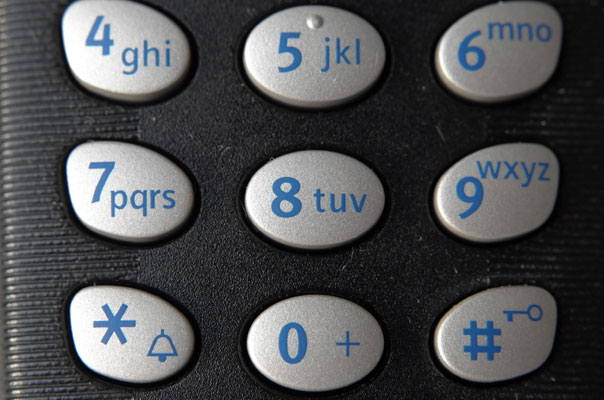
Photo taken with two close-up lenses (+5 and +4 = +9)
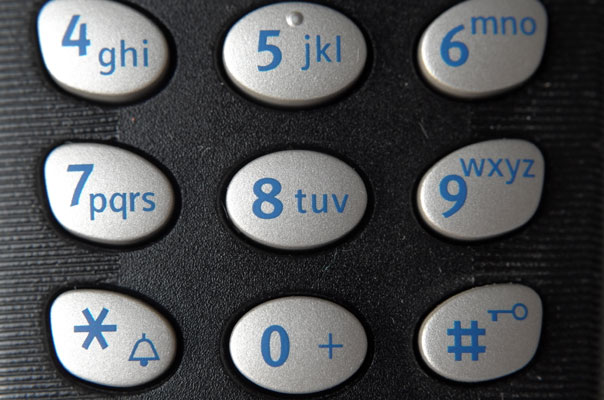
Photo taken with three close-up lenses (+5, +4, and +1 = +10)
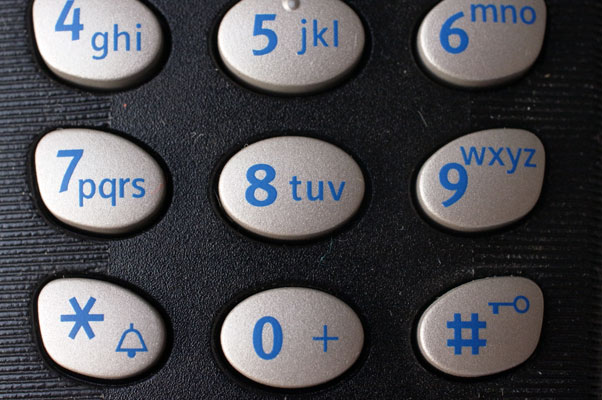
Photo taken with the Ricoh GXR A12-50 macro lens (1:2)
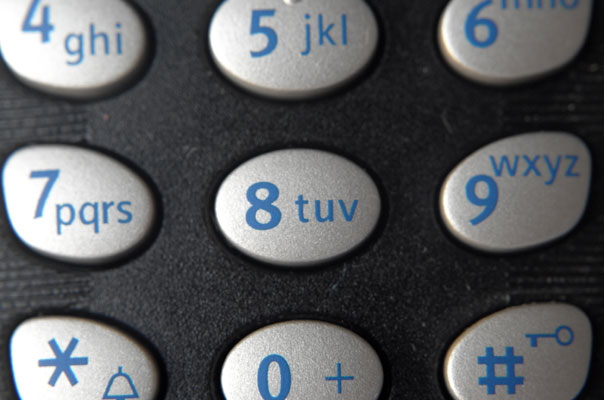
Photo taken with four close-up lenses (+12)
Result: The Ricoh GXR A12-50 macro lens corresponds more or less to a +10 close-up lens for the Leica X Vario.
| 03.04.2019 |